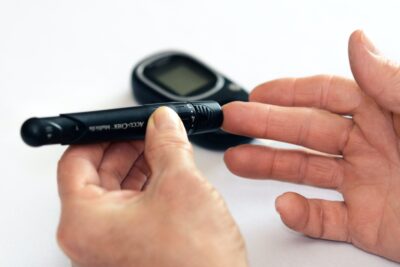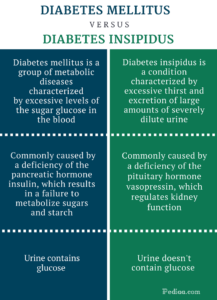Types of Diabetes – Know the Difference
Many people know that there is a difference between Type I and Type II diabetes, but they aren’t sure just what those differences are. Others may not know that there are actually several other types of diabetes in addition to Types I and II and that there are diseases that may mimic diabetes but are not the “real thing.”
Here are some ideas and tips on how to know the difference between the various types of diabetes.
Type I
Also called juvenile-onset diabetes, Type I usually occurs in people under the age of 25. The pancreas, often due to an autoimmune problem (the body attacks its own pancreatic cells) becomes disabled and can no longer produce insulin. Type I tends to run in families and will affect the person for the rest of his or her life. Insulin will be required and perhaps other medications throughout the diabetic’s life.
Type II
This type of diabetes usually occurs later in life. Its symptoms are similar to Type I – excessive thirst, unexplained weight loss, frequent urination, fatigue, tingling in the extremities, etc. – but unlike Type I, Type II can often be managed with diet and exercise, especially if it’s caught early. Some sources note that it never really “goes away,” but its severity varies.
Type II diabetics usually have a functioning pancreas; it just doesn’t produce enough insulin, or the insulin it does produce is not processed or recognized by the body (insulin resistance).
Diabetes Mellitus
The above types are both a form of diabetes mellitus. This is the form of the disease most people think of when they hear the term “diabetes.”
Diabetes Insipidus
This is a disease that many may not have heard of. While it shares the same first name and even some of the symptoms (frequent urination and excessive thirst, for example), diabetes insipidus is actually quite different from diabetes mellitus.
Diabetes insipidus is primarily a kidney disease and is often connected to the pituitary gland. This gland makes two hormones: one that stimulates the kidneys to make more urine (diuretic hormone) and one that “shuts off” the production of urine (anti-diuretic hormone). In diabetes insipidus, the kidneys either stop responding to this hormone or something goes wrong with the pituitary gland so that the hormones are not secreted properly.
MODY
MODY, or Maturity Onset Diabetes of the Young, is often confused with Type I or II diabetes. But it’s neither one – sometimes it’s called “Type 1.5.” MODY is said to be caused by a single mutated gene that can be passed on from parent to child. MODY itself has varying degrees of severity, with MODY 1 and 3 possibly requiring insulin, sometimes in the oral form only, and MODY 2 not requiring any form of insulin.
Essential Oils for a Good Night’s Sleep
Mindful Music Meditation Ambient Angelic Soothing Voices
Table of Contents




